1. The Graduate (1967)
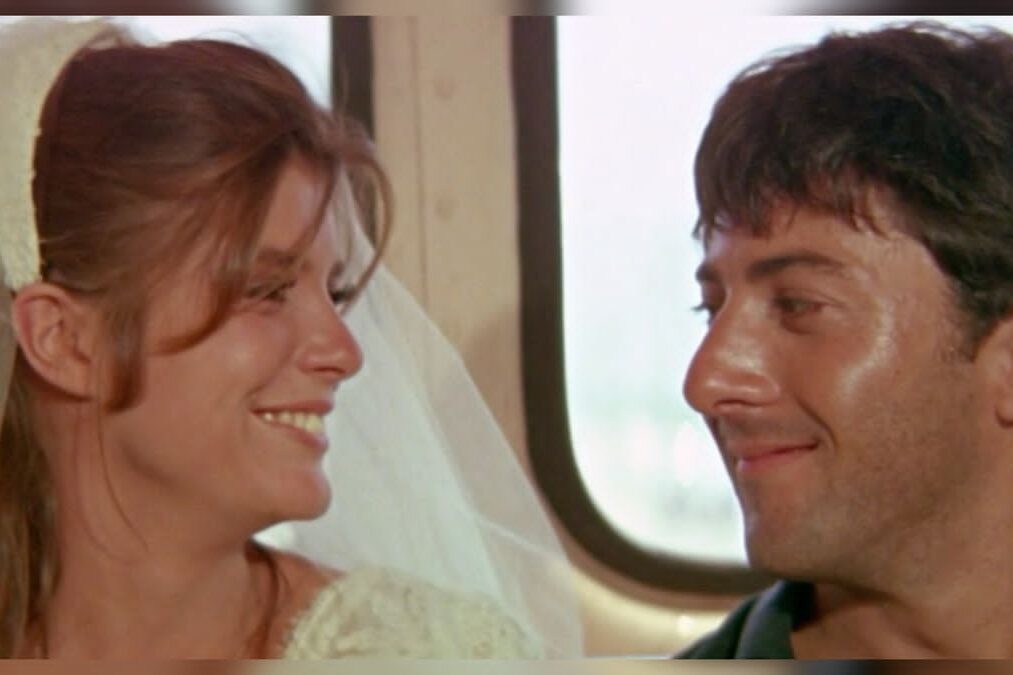
The perfect movie ending is a delicate alchemy of plot resolution, emotional catharsis, and lasting impact. It’s the final note that echoes in the mind long after the credits roll, turning a good film into a legendary one.
The Graduate’s ending captures a moment of fleeting triumph quickly followed by dawning uncertainty, perfectly embodying the disillusionment of a generation. After the iconic rush to stop the wedding, Dustin Hoffman’s Benjamin and Katharine Ross’s Elaine escape on a city bus. The initial rush of adrenaline and defiant smiles soon fades as they look forward, their expressions settling into one of profound nervousness. Director Mike Nichols chose to linger on this ambiguous, unscripted moment of quiet anxiety, allowing the silence, backed by Simon & Garfunkel’s “The Sound of Silence”, to speak volumes. This simple, yet powerful cut, which earned Nichols the Academy Award for Best Director, suggests that their rebellion may have been impulsive and that the future they face together is deeply uncertain, making it a powerful statement on youthful uncertainty.
2. Casablanca (1942)
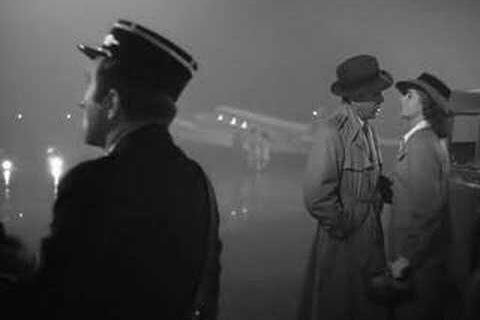
The climax of Casablanca is one of Hollywood’s most famous moral dilemmas, built around the sacrifice of personal happiness for a greater cause. Humphrey Bogart’s Rick Blaine famously tells Ingrid Bergman’s Ilsa Lund, “Here’s looking at you, kid,” before ensuring she boards the plane with her husband, the resistance leader Victor Laszlo. Rick’s decision is a profound act of selflessness, demonstrating that his cynical exterior hides a deep idealism. The finale, masterfully shot on a foggy airport runway, manages to be both profoundly romantic and utterly heartbreaking. It eschewed the typical “happily ever after” for a nobler, more complex conclusion, earning its place as the gold standard for bittersweet goodbyes and contributing to the film’s lasting critical and popular acclaim, including its three Academy Awards, notably Best Picture.
3. Psycho (1960)
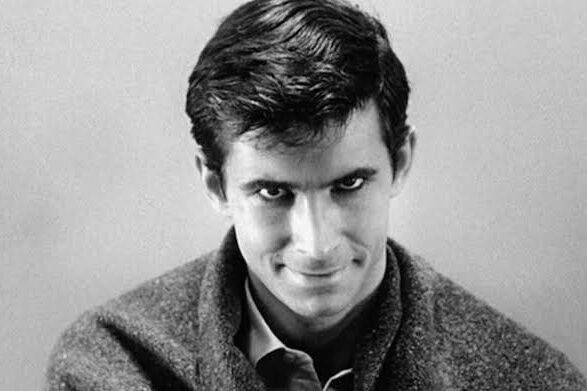
Alfred Hitchcock’s Psycho delivered a finale that redefined the thriller genre, solidifying the use of the shock twist in popular cinema. The film’s final minutes reveal that Norman Bates, played by Anthony Perkins, is the murderer, driven by a fractured psyche that has assumed his mother’s identity. The subsequent scene in the police station, where a psychiatrist explains Norman’s psychosis to the audience, was unprecedented in its detailed, clinical approach to evil. The final, unforgettable image, the extreme close-up of Norman’s serene yet deeply unsettling smile, as his face briefly dissolves into the faint superimposed image of his mother’s skull, left audiences profoundly disturbed. This ending wasn’t just a plot device; it was a potent psychological conclusion that haunted viewers and guaranteed the film’s status as a horror masterpiece.
4. One Flew Over the Cuckoo’s Nest (1975)
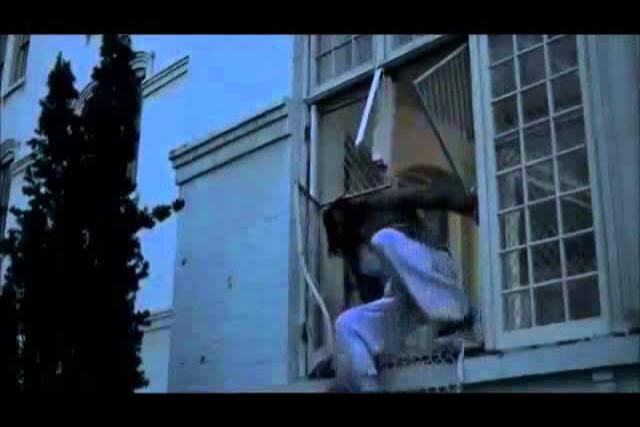
The conclusion of One Flew Over the Cuckoo’s Nest is a devastating yet ultimately liberating finale that has resonated for decades as a powerful statement against systemic oppression. After Jack Nicholson’s defiant protagonist, Randle Patrick McMurphy, is captured and brutally lobotomized for his acts of rebellion against Nurse Ratched and the ward’s stifling authority, the film delivers its crushing blow. However, the ending pivots when Chief Bromden, the silent, imposing patient whom McMurphy had inspired, suffocates his friend to prevent him from existing as a shell of his former self. The Chief then escapes the asylum, hurling a hydrotherapy fountain through a window, a powerful visual metaphor for smashing through confinement. This finale, part of a film that swept the five major Academy Awards, is a brilliant portrayal of sacrifice and triumph of the human spirit over institutional cruelty.
5. Rocky (1976)
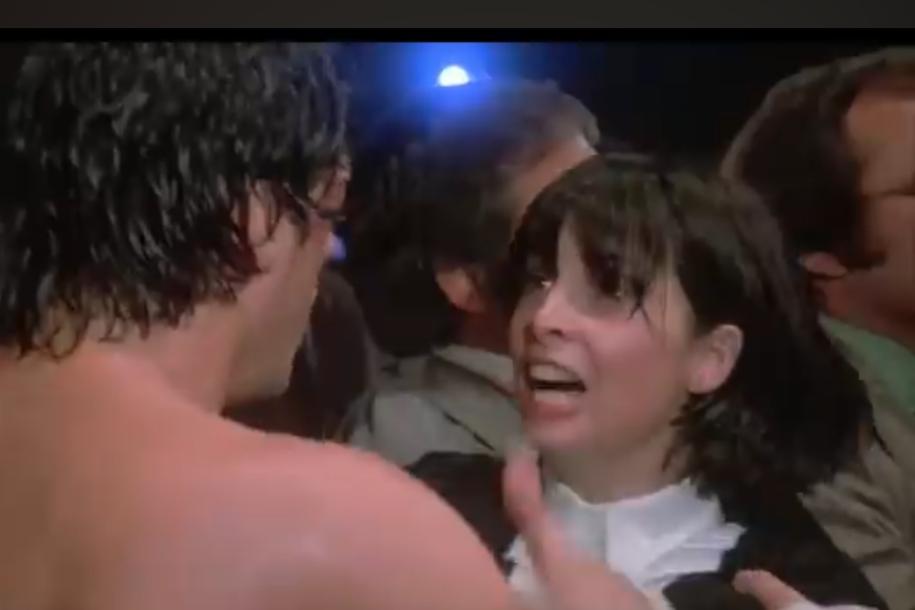
The ending of Rocky famously subverted the traditional sports film formula by delivering a moral and emotional victory rather than a literal one. Sylvester Stallone’s Rocky Balboa loses the split-decision fight to heavyweight champion Apollo Creed, yet the film’s conclusion feels entirely triumphant. Rocky’s goal was never to win the title, but simply to “go the distance,” proving to himself and the world that he wasn’t just “another bum from the neighborhood.” The final, chaotic scene shows Rocky ignoring the verdict and the celebrity fanfare, desperately calling out for his love, Adrian, in the ring. When they embrace, their genuine connection eclipses the spectacle of the fight. This poignant, character-driven finale cemented the film’s legacy, earning it the Academy Award for Best Picture and launching one of Hollywood’s most enduring underdog franchises.
6. Star Wars: The Empire Strikes Back (1980)
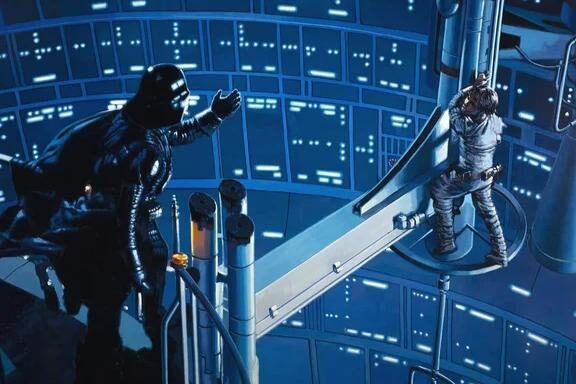
The Empire Strikes Back shattered audience expectations by ending its space opera on a note of devastating loss and a monumental revelation, creating one of the most famous cliffhangers in movie history. The moment Darth Vader tells Luke Skywalker, “No, I am your father,” is a plot twist that instantly became a pop culture cornerstone. This single line of dialogue not only redefined Luke’s identity but also retroactively changed the moral landscape of the entire saga. The finale leaves the heroes wounded and scattered: Han Solo is frozen in carbonite, the Rebellion is in disarray, and Luke has suffered both a crushing defeat and a physical disfigurement. The film’s dark and unresolved conclusion was a bold narrative risk that paid off, fueling intense anticipation for the next installment and cementing its reputation as the greatest Star Wars film.
7. E.T. the Extra-Terrestrial (1982)
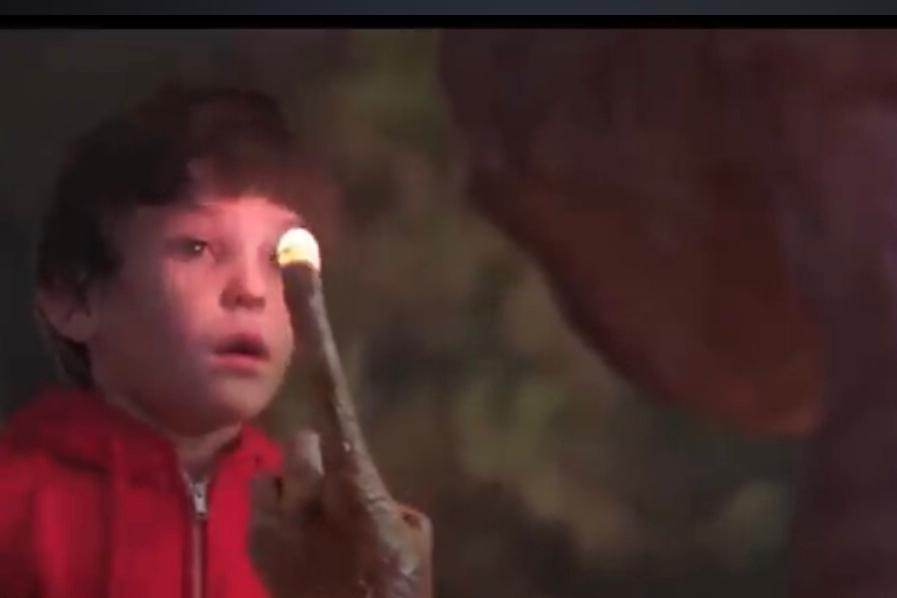
Steven Spielberg’s E.T. the Extra-Terrestrial delivers a universally effective emotional punch in its final moments, focusing on the profound bond between Elliott and his homesick alien friend. The ending is a masterclass in combining heartbreak and wonder: E.T. is saved by the arrival of his spaceship, but the separation from Elliott is genuinely agonizing for both of them and the audience. The moment E.T. touches Elliott’s forehead and says, “I’ll be right here,” as his heart glows, is a timeless image of connection. The film concludes with the spaceship ascending into a rainbow-hued sky, leaving behind a heartbroken yet wiser boy. This conclusion, praised for its sincerity and special effects that won multiple Academy Awards, secured its place as a quintessential, tear-inducing classic of cinematic childhood.
8. The Breakfast Club (1985)
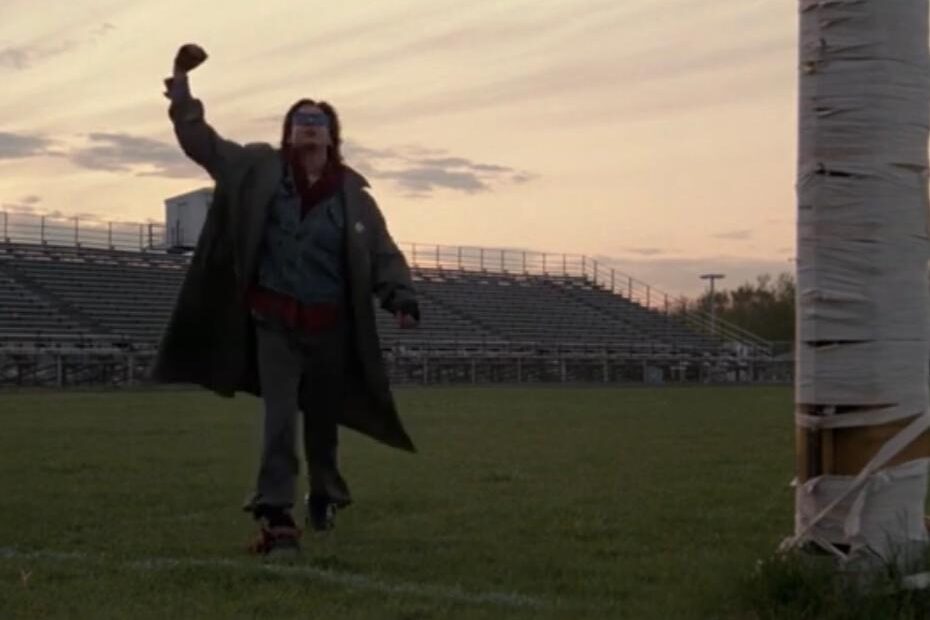
The ending of The Breakfast Club is an iconic cinematic image that perfectly captured the spirit of 1980s teen rebellion and solidarity. After a day of forced detention, five high school students from vastly different cliques, the brain, the athlete, the princess, the criminal, and the basket case, have broken down their social walls and genuinely connected. The final scene shows the “criminal,” John Bender, walking across the football field as the iconic song “Don’t You (Forget About Me)” by Simple Minds swells. In a definitive moment of youthful defiance and triumph, Bender raises his fist into the air before the film freezes on the shot. This final, unambiguous gesture served as a powerful anthem for a generation, cementing the film as a deeply resonant and enduring coming-of-age classic that speaks to the shared humanity beneath high school labels.
9. The Sixth Sense (1999)
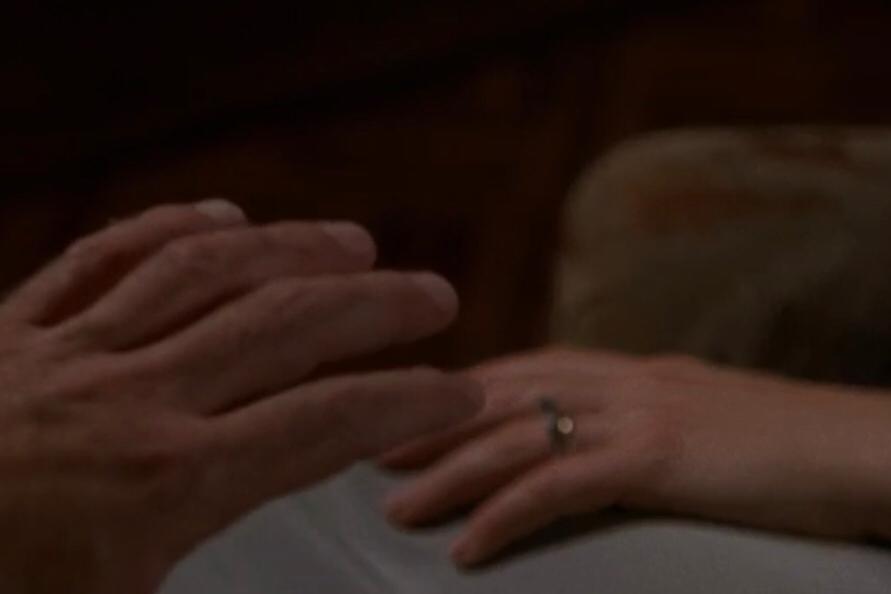
M. Night Shyamalan’s The Sixth Sense stunned audiences worldwide with a narrative twist that instantly became one of the most famous in modern film. The finale reveals that Bruce Willis’s child psychologist, Malcolm Crowe, has been dead the entire time, explaining his lack of connection with his wife and the unusual interactions with his patient, Cole Sear. The moment of realization, when Crowe sees his wife’s ring and remembers the night he was shot, forces the audience to recontextualize every previous scene. This brilliant “rug-pull” ending, which earned Shyamalan Academy Award nominations for Best Director and Best Original Screenplay, became a cultural phenomenon, inspiring countless imitations and cementing the film as a masterpiece of psychological suspense.
10. Fight Club (1999)
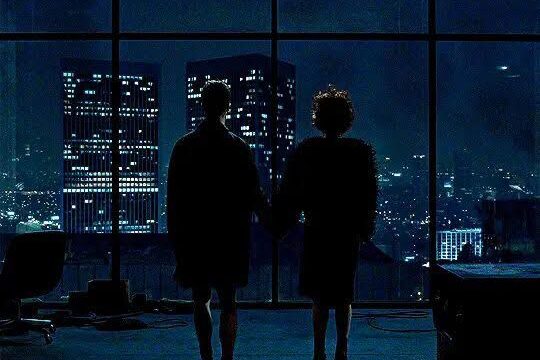
The finale of David Fincher’s Fight Club is a definitive moment of anarchic and nihilistic cinema. After the narrator, played by Edward Norton, finally realizes that Tyler Durden (Brad Pitt) is merely his own split personality, an alter ego, he attempts to stop Durden’s plan to destroy the world’s major credit card company buildings. The climax sees the narrator successfully “killing” the Durden persona by shooting himself in the mouth (the bullet harmlessly exiting his cheek), thus resolving the internal conflict. In the final, unforgettable sequence, the narrator holds hands with Marla Singer (Helena Bonham Carter) as they gaze out a window at the exploding skyscrapers. The visual chaos, underscored by the Pixies’ “Where Is My Mind?”, became an iconic and disturbing conclusion to a film that aggressively critiques consumer culture.
11. Titanic (1997)
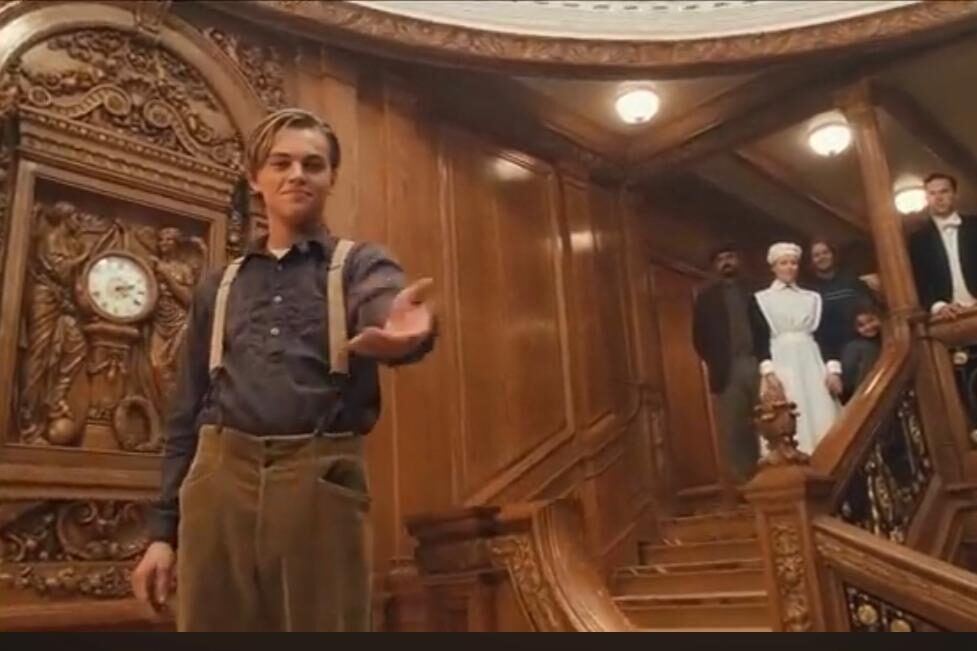
James Cameron’s Titanic delivered a famously tear-jerking finale that wrapped up the fictional romance within the historical tragedy. While the immediate climax involves the devastating sinking and Jack’s (Leonardo DiCaprio) self-sacrifice to save Rose (Kate Winslet), the film’s true ending takes place decades later. The elderly Rose finishes her story and, in a symbolic yet debated moment, quietly drops the priceless “Heart of the Ocean” diamond into the water over the wreck site. The final sequence is a dreamlike transition where the elderly Rose dies peacefully in her sleep, and her spirit reunites with Jack and all those who perished on the grand staircase of the fully restored ship. This ending, which helped Titanic win a record 11 Academy Awards, masterfully blended love, loss, and the enduring power of memory.
12. The Shawshank Redemption (1994)

Often cited in fan polls as having one of the most satisfying endings of all time, The Shawshank Redemption concludes with a cathartic moment of deserved freedom. After Andy Dufresne (Tim Robbins) executes his brilliant, decades-long escape from Shawshank prison, the emotional core of the finale is his reunion with his best friend, Ellis “Red” Redding (Morgan Freeman). Having kept a promise, Red travels to the spot Andy mentioned, a sunny beach in Zihuatanejo, Mexico, after being paroled. The final shot of the two men shaking hands in a perfect, sunlit setting is pure cinematic triumph. The ending delivers a powerful message of hope, perseverance, and enduring friendship, proving that a genuinely happy, well-earned conclusion can be just as unforgettable as a shocking twist.
13. Se7en (1995)
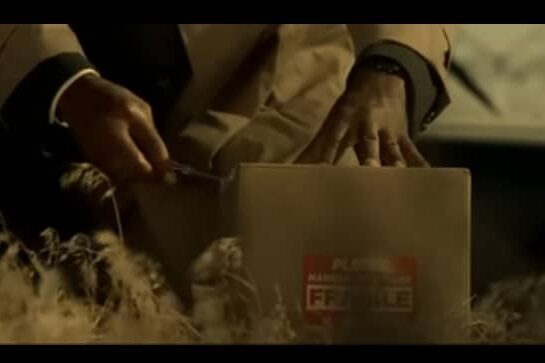
David Fincher’s Se7en concludes with a famously bleak and unforgettable moment that solidified its reputation as a uniquely disturbing neo-noir thriller. After a desperate pursuit, the killer John Doe reveals his final, horrific crime, completing his scheme based on the seven deadly sins. The film’s agonizing climax is reached when Detective Mills (Brad Pitt) discovers the contents of a box, revealed to be the head of his pregnant wife, fulfilling the roles of Envy and Wrath. The ending is a rare instance of the villain’s plan succeeding entirely, forcing the protagonist into an emotional and moral breakdown. The sheer audacity and darkness of this conclusion left audiences profoundly shaken, ensuring that the question, “What’s in the box?” became a permanent, chilling fixture in pop culture.
14. The Usual Suspects (1995)
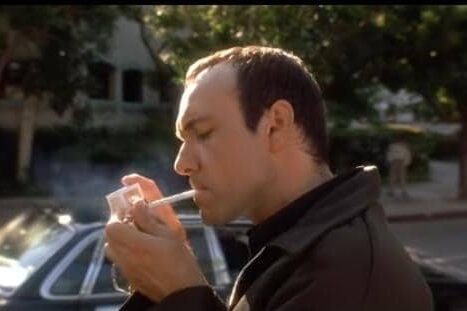
The Usual Suspects delivers one of the most brilliant and meticulously executed “rug-pulls” in cinematic history. The plot centers on an interrogation where the seemingly pathetic small-time crook, Verbal Kint (Kevin Spacey), weaves a complex, seemingly factual story about the legendary crime lord Keyser Söze. The ending reveals that Verbal constructed his entire testimony from random details and names he observed in the detective’s office. The iconic final shot shows Verbal walking out of the police station and gradually straightening his limp, revealing his transformation into the deadly, intelligent Söze while he lits up a cigarette. The subsequent close-up of a coffee mug as he held the printed picture copy of the trick man perfectly visualizes the pieces of the puzzle falling into place for the detective, making the final moments an exhilarating and perpetually studied example of cinematic misdirection.
15. Inception (2010)
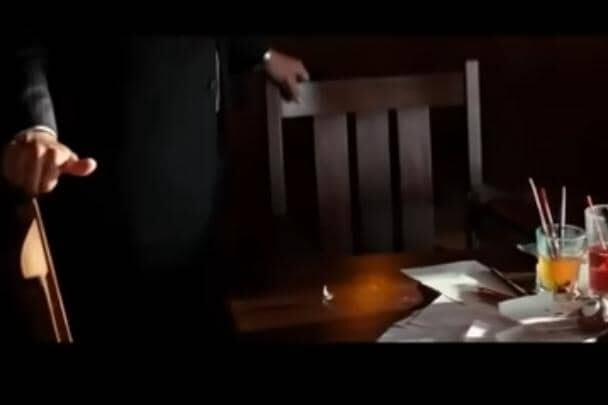
The conclusion of Christopher Nolan’s Inception is arguably the most famous example of a modern, open-ended finale, sparking years of debate among fans and critics. Leonardo DiCaprio’s Cobb finally completes his mission and returns home to his children, but he performs one last check on reality by spinning his totem, a small top that should eventually topple if he is in the real world. The camera cuts away from the shot just as the top begins to wobble but before it definitively falls. Nolan purposefully denies the audience a final answer on whether Cobb is truly awake or still trapped in a dream. This deliberate ambiguity forces viewers to confront the film’s central theme, the nature of reality and faith, cementing the final seconds as an iconic, unforgettable moment of unresolved tension.
16. Black Swan (2010)

Darren Aronofsky’s Black Swan culminates in a terrifying fusion of artistic perfection and psychological breakdown. Nina Sayers (Natalie Portman), the driven ballerina, achieves the perfection she craves while performing the dual role of the White and Black Swan in Swan Lake. However, her success is fueled by her complete descent into delusion and self-harm. The final, bloody moments reveal she has stabbed herself (or a delusion of a rival) in a desperate climax of her performance. Her intense gaze and teary eyes as she collapses on stage, is a chilling and heartbreaking testament to the beauty and devastating cost of obsession. This disturbing, operatic finale secured the film’s dark legacy and earned Portman the Academy Award for Best Actress.
17. La La Land (2016)

La La Land delivered a modern classic of the bittersweet ending, subverting the expectations of a Hollywood musical. Years after their relationship ended to pursue their respective careers, Mia (Emma Stone) and Sebastian (Ryan Gosling) briefly reunite in the jazz club Sebastian now owns. The film then launches into a stunning, wordless five-minute fantasy montage showing an alternate life where they stayed together, had a family, and achieved their professional dreams as a couple. After the fantasy ends, they share a poignant, knowing glance and a bittersweet smile before Mia leaves. This finale is a profound reflection on the trade-offs between love and art, choosing a deeply moving melancholy over a traditional fairy tale, and making the film’s final moment a devastating yet beautiful one.
18. Gone Girl (2014)
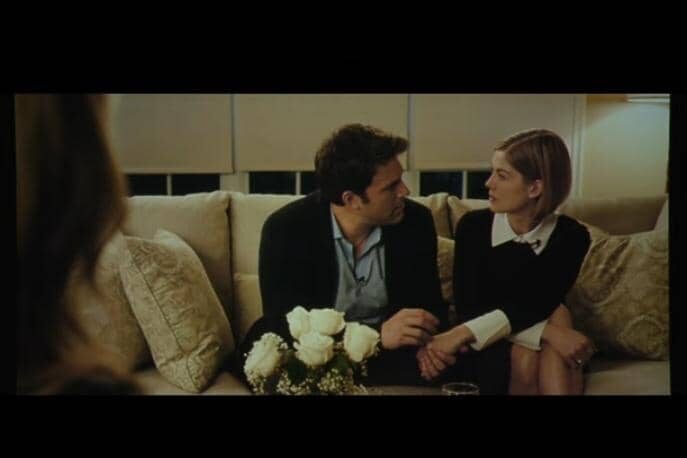
David Fincher’s Gone Girl concludes with a chilling, manipulative, and deliberately unsatisfying ending that subverts the thriller genre’s expectation of justice. After escaping and murdering her ex-boyfriend, the psychopath Amy Dunne (Rosamund Pike) returns home and frames her husband Nick (Ben Affleck) into staying with her, using her manufactured pregnancy as the final, inescapable bind. The film refuses to give the audience a moment of catharsis or comeuppance for Amy. Instead, the final scene shows the couple, forever locked in their terrifyingly dysfunctional marriage, forced to play their roles for the media. This finale is a stark and uncomfortable commentary on the complexity of marriage and the media’s role in public perception, leaving the audience deeply unsettled and guaranteeing the film’s endless debate over moral closure.
19. The Godfather (1972)
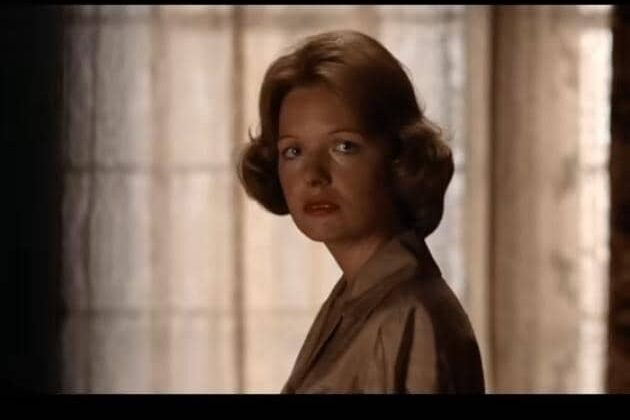
The ending of The Godfather is a quiet, powerful masterpiece of dramatic finality, marking the complete transformation of Michael Corleone (Al Pacino). After Michael systematically eliminates his rivals and those who betrayed his family, he lies to his wife, Kay (Diane Keaton), about his involvement. In the film’s final, iconic shot, Kay watches as the door to Michael’s office is slowly closed on her by his men, symbolically and literally shutting her out of his life and sealing him off in the darkness of his new role as the ruthless Don. This final, chilling sequence, executed with minimal dialogue, solidifies Michael’s journey from war hero to cold-blooded mob boss. It is a profoundly tragic finale that remains a classic demonstration of loss of innocence and the price of power.
20. Avengers: Infinity War (2018)
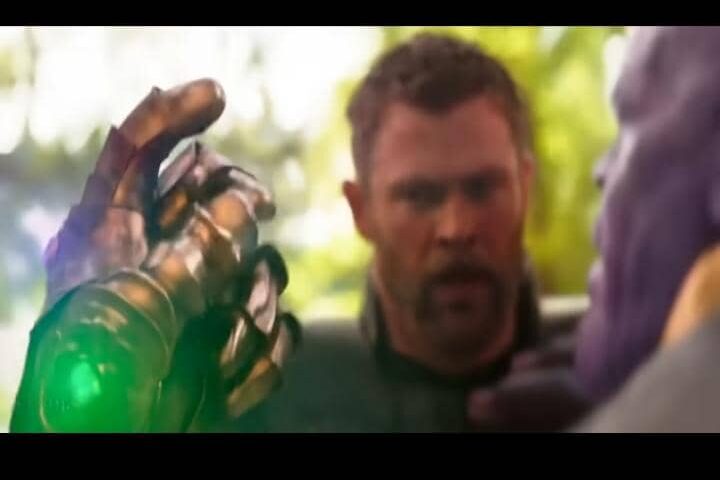
The finale of Avengers: Infinity War was a seismic event in blockbuster cinema, concluding the massive, decade-long Marvel cinematic story on a note of catastrophic defeat. The villain, Thanos, achieves his goal of collecting all six Infinity Stones and, with a final, deliberate snap of his fingers, instantly disintegrates half of all life in the universe. The unforgettable sequence shows beloved heroes like Spider-Man, Black Panther, and Doctor Strange crumbling into dust, leaving the remaining Avengers in stunned, hopeless silence. This unprecedented gut-punch ending, a massive gamble by Marvel Studios, became a cultural touchstone that stunned global audiences and instantly created immense, unprecedented anticipation for the sequel, cementing “The Snap” as one of the most shocking finales of the 21st century.
These final scenes, whether they offered a moment of joy, a painful goodbye, or a jarring twist, all share a common thread: they proved that a movie’s final moments can be its most powerful. They linger, they spark conversation, and they remind us just how deeply film can affect our emotions and our collective memory. Which of these unforgettable endings is the one you still think about the most?
This story 20 Movie Endings We’ll Never Forget (for Better or Worse) was first published on Daily FETCH


